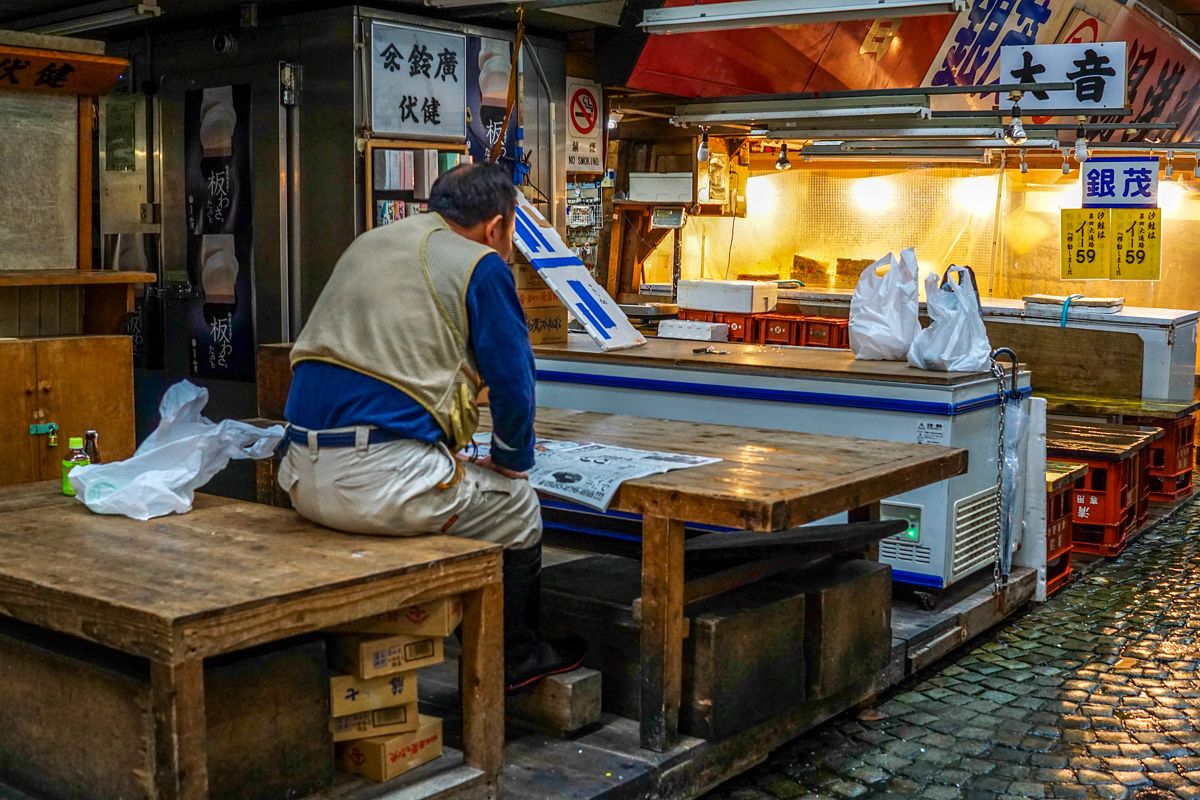Tsukiji Market is one of Tokyo's most well-known destinations, famous for its early-morning tuna auctions and frenetic wholesale seafood stalls. However, visiting the market once the action has died down is a whole different experience from the one you read about in tourism guides.
While Tsujiki sells far more than just fish - fruits, vegetables and flowers can also be found in certain sections - its reputation is based on the fact that it is one of the largest seafood markets in the world, handling over 2,000 tons of marine goods daily.
YouTube is full of videos of the chaos that accompanies sunrise at the market, when the tuna auction takes place and men throw massive fish across rooms while trucks depart to deliver fresh seafood to restaurants throughout the city.
On a recent trip to Japan, I decided to visit Tsukiji around lunchtime, well after the morning rush. The outer market, home to restaurants and stalls offering all sorts of produce and seafood, was packed with tourists, but the wholesale inner market was quiet.
Most stalls were empty, while at others workers were finishing cleaning up fish scales and blood, or reading a newspaper to calm down after a busy few hours. I'm sure seeing the market at full speed is amazing, but I found the peaceful aftermath fascinating as well. Enough seafood to feed the biggest city in the world had just come through Tsukiji, and its relative silence and tranquility was remarkable.
Sadly Tsukiji is slated to be moved to an island in Tokyo Bay in order to free up the valuable land it sits on ahead of the 2020 Tokyo Olympics, so this experience won't be available for much longer.
Have a peek at the downtime of Tokyo's most prominent wholesale seafood market:






















